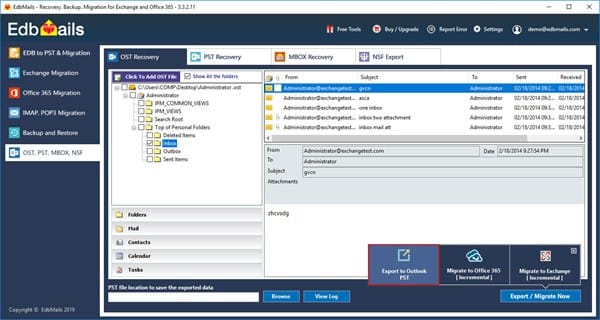Despite these findings, it is important to note that many Americans have experienced job loss, affecting their mental health. In general, job loss affects people's mental health and has been associated with increased rates of anxiety and depressive disorder among adults. This finding is consistent with the findings of earlier surveys.
The findings also indicate that anxiety and depression are increasing among American youth. Nearly seven in ten teens say that depression and anxiety are the most common problems among their peers. These concerns are remarkably high, and they cut across racial, socioeconomic, and other factors. However, fewer teens report concerns about drug use, alcohol consumption, and bullying.
The COVID-19 pandemic and the economic recession have both negatively affected people's mental health and created new barriers for those struggling with mental illness. The survey found that four out of every 10 adults had symptoms of an anxiety or depressive disorder during this period. This figure is even higher than last year's survey.
Anxiety and depression disorder rates are predicted to increase in 2020. Currently, 7% of the U.S. population has a major depressive disorder. This pandemic is disrupting our lives and our daily routines.
Despite these findings, it is important to note that many Americans have experienced job loss, affecting their mental health. In general, job loss affects people's mental health and has been associated with increased rates of anxiety and depressive disorder among adults. This finding is consistent with the findings of earlier surveys.
The findings also indicate that anxiety and depression are increasing among American youth. Nearly seven in ten teens say that depression and anxiety are the most common problems among their peers. These concerns are remarkably high, and they cut across racial, socioeconomic, and other factors. However, fewer teens report concerns about drug use, alcohol consumption, and bullying.
The COVID-19 pandemic and the economic recession have both negatively affected people's mental health app and created new barriers for those struggling with mental illness. The survey found that four out of every 10 adults had symptoms of an anxiety or depressive disorder during this period. This figure is even higher than last year's survey.
Anxiety and depression disorder rates are predicted to increase in 2020. Currently, 7% of the U.S. population has a major depressive disorder. This pandemic is disrupting our lives and our daily routines.










